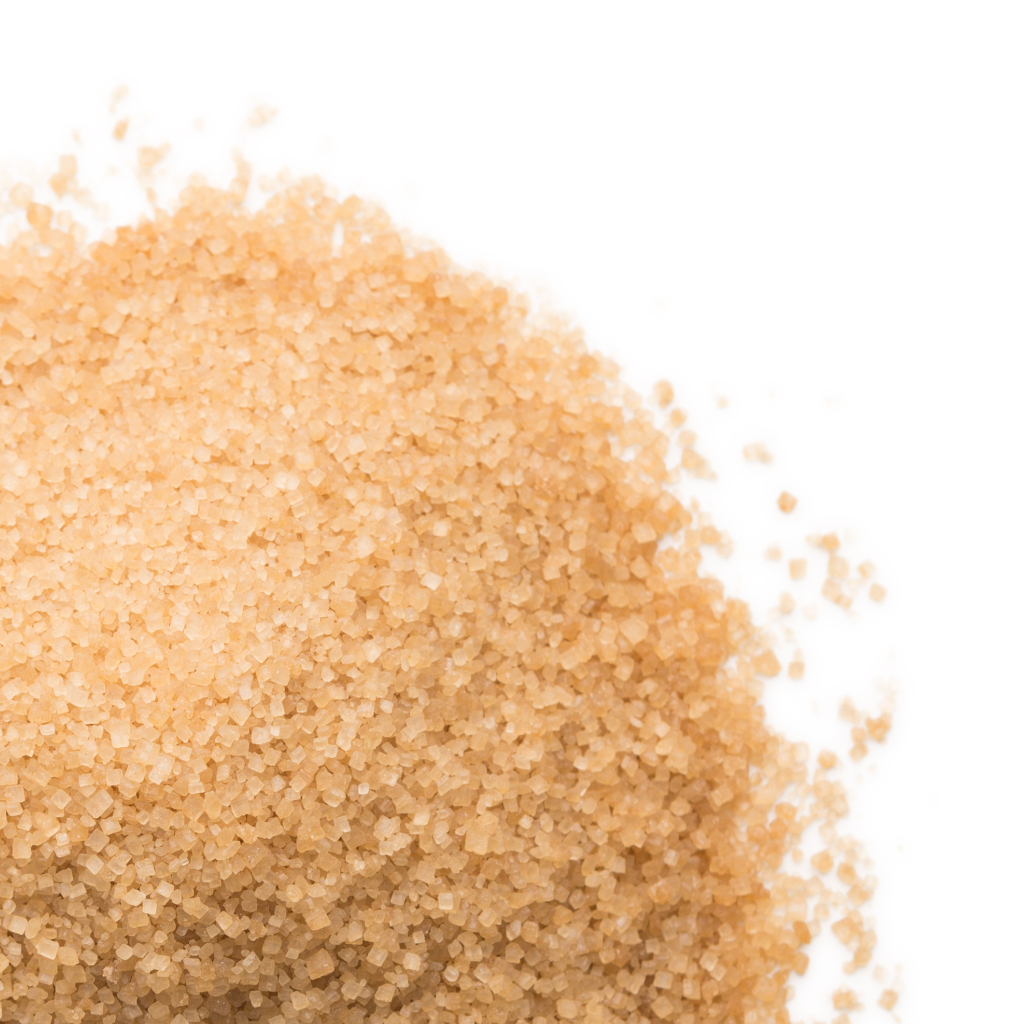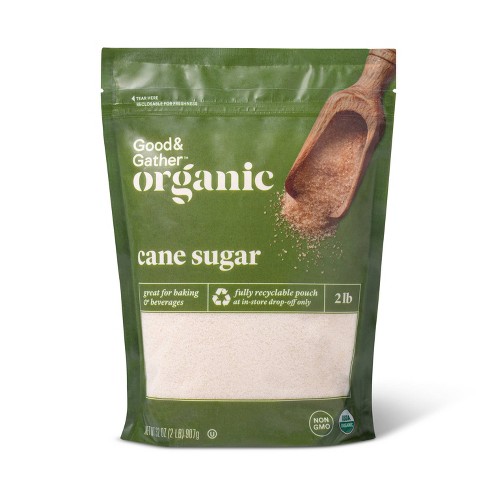Cane Sugar Processing: From Area to Table-- A Step-by-Step Overview
Cane Sugar Processing: From Area to Table-- A Step-by-Step Overview
Blog Article
A Comprehensive Guide to the Ecological Influence and Sustainability Practices in Walking Stick Sugar Handling
The environmental impact of cane sugar handling offers a complicated array of difficulties that warrant mindful examination. From soil degradation and extreme water use to the carbon footprint connected with cultivation and manufacturing, the effects of traditional practices are far-reaching. What particular techniques can be implemented to strike a balance between efficiency and ecological stewardship?
Review of Walking Cane Sugar Processing
Cane sugar processing entails a series of organized actions that transform sugarcane right into polished sugar. Initially, collected sugarcane is transferred to refining facilities, where it undertakes cleaning up to remove dirt and debris. Following this, the walking cane is crushed to remove juice, which is then cleared up by removing pollutants via heating and the enhancement of lime.
The made clear juice undergoes evaporation, where water is removed to concentrate the sugar material. These crystals are separated from the remaining syrup utilizing centrifugation, resulting in raw sugar.
The end product is after that dried out and packaged for circulation. Throughout this entire process, maintaining effectiveness and quality assurance is necessary to make certain the sugar meets industry requirements. Each action in walking cane sugar handling not only adds to the final item but also has implications for resource use and waste generation, setting the stage for conversations on sustainability and ecological impacts associated with sugar manufacturing.
Ecological Obstacles of Manufacturing
The manufacturing of walking cane sugar offers numerous substantial ecological difficulties that warrant interest. One main worry is the considerable use agrochemicals, including pesticides and plant foods, which can bring about soil deterioration, biodiversity loss, and contamination of neighborhood water sources. The drainage from sugarcane fields commonly brings these chemicals into neighboring ecological communities, interrupting aquatic life and influencing the wellness of neighborhoods reliant on these water bodies.
One more challenge is the high power usage connected with sugarcane processing. The boiling and refining phases need considerable heat, largely produced by burning nonrenewable fuel sources, adding to greenhouse gas discharges. Additionally, the extensive land area needed for sugarcane cultivation can bring about logging and habitat devastation, additional worsening climate adjustment and threatening wild animals.
Additionally, the labor techniques in some areas increase moral issues, as employees may encounter bad working problems and insufficient incomes. This circumstance frequently bolsters a cycle of poverty in neighborhood communities. Cane Sugar Processing. Resolving these environmental obstacles is vital for establishing extra sustainable methods in walking cane sugar production, eventually profiting both the atmosphere and the areas associated with this market
Water and Land Usage Impact
Water sources and land application are vital parts in the cane sugar market that considerably affect the setting. The farming of sugarcane needs significant water input, with estimates suggesting that it can take in up to 2,000 litres of water per kilo of sugar generated. This intensive use of water often causes deficiency of local water resources, impacting not only the sugarcane haciendas yet also surrounding ecological communities and areas that depend on the exact same water sources for agriculture and residential use.

Additionally, land usage for sugarcane cultivation can cause logging and the conversion of natural environments into monoculture vineyards. This practice reduces biodiversity, interferes with regional ecosystems, and adds to dirt deterioration. The development of sugarcane fields typically encroaches on useful farming land, creating competition for sources in between food and biofuel production.
Sustainable methods, such as optimizing watering techniques and carrying out plant rotation, are important to alleviate these influences. By embracing extra efficient water usage and land administration strategies, the walking stick sugar market can lower its ecological footprint, making certain an equilibrium between farming performance and ecological preservation.
Greenhouse Gas Emissions
Greenhouse gas discharges represent a substantial environmental worry within the walking stick sugar handling sector, specifically as farming practices expand to meet worldwide demand. The cultivation of sugarcane, a crop that thrives in tropical climates, relies heavily on artificial fertilizers and pesticides, which contribute to nitrous oxide emissions. Additionally, land-use changes, including logging for brand-new sugarcane plantations, launch co2 saved in plants and dirt.
During processing, energy intake is one more major source of greenhouse gas exhausts - Cane Sugar Processing. Lots of sugar mills use nonrenewable fuel sources to power equipment and produce heat, causing significant carbon footprints. Furthermore, the transport of raw sugarcane and completed products includes layers of emissions via fuel burning in automobiles
This entails evaluating existing farming practices, refining techniques, and transport systems to determine areas for improvement and mitigation. Addressing greenhouse gas emissions is crucial for fostering a much more lasting walking cane sugar industry in a transforming environment.

Sustainable Practices and Innovations
Lasting practices and innovations are significantly important in the cane sugar handling industry as stakeholders look for to reduce ecological impacts while keeping efficiency. One substantial improvement is the application of integrated plant view management, which enhances source use by incorporating soil administration, pest control, and plant turning methods. This strategy improves return while minimizing chemical inputs and maintaining soil wellness.
Furthermore, the fostering of renewable power resources, such as biomass from sugarcane residues, has gotten grip - Cane Sugar Processing. By transforming useful reference waste products into power, processing facilities can lower their reliance on nonrenewable fuel sources, consequently lowering greenhouse gas emissions
Water administration techniques have also seen enhancements via the recycling and reusing of water in processing plants, substantially lowering freshwater consumption. Developments in innovation, such as precision farming, make it possible for farmers to monitor crop health and wellness and resource usage better, guaranteeing sustainable growing methods.
In addition, qualification programs like Fair Profession and Rainforest Alliance encourage environmentally responsible farming practices and promote social equity within the supply chain. By embracing these sustainable methods and developments, the walking stick sugar processing market can improve its durability and contribute positively to environmental stewardship.
Conclusion
The environmental impact of cane sugar processing presents significant challenges, including dirt destruction, high water intake, and greenhouse gas exhausts, together with honest issues connected to labor methods. Dealing with these issues through lasting techniques, such as integrated crop monitoring, renewable resource adoption, and water recycling, is vital. By promoting socially equitable and environmentally liable techniques in sugar production, the industry can minimize its negative impacts, guaranteeing a more lasting future for both environments and neighborhoods included in this field.
Cane sugar handling involves a collection of methodical actions that transform sugarcane right into refined sugar. Each step in walking stick sugar processing not just contributes to the last product yet likewise has ramifications for source use and waste generation, setting his comment is here the stage for conversations on sustainability and environmental impacts connected with sugar production.
Greenhouse gas exhausts represent a substantial environmental problem within the walking stick sugar handling market, particularly as farming techniques increase to fulfill global need.Sustainable methods and innovations are significantly vital in the walking stick sugar handling industry as stakeholders seek to lower environmental effects while preserving performance.The environmental effect of walking cane sugar handling presents considerable obstacles, including soil deterioration, high water intake, and greenhouse gas emissions, together with moral problems related to labor methods.
Report this page